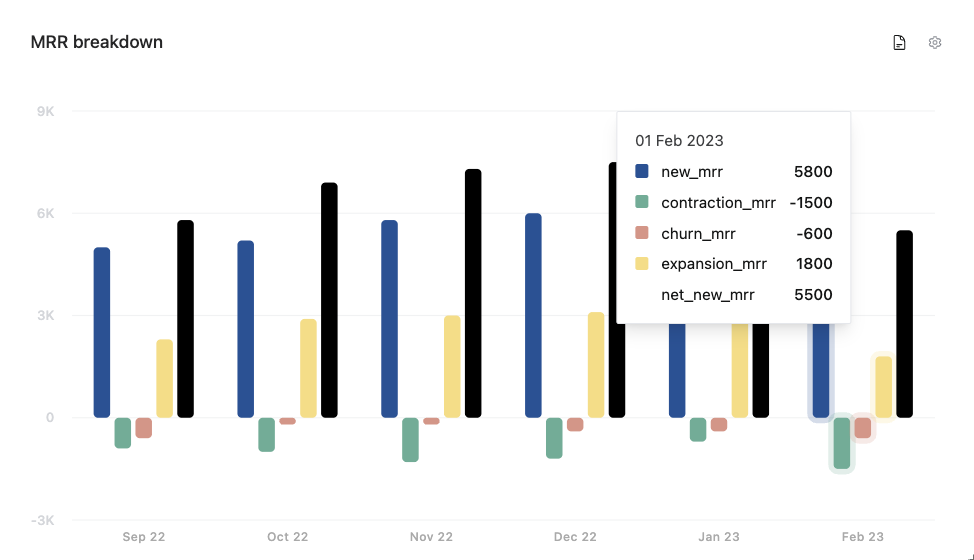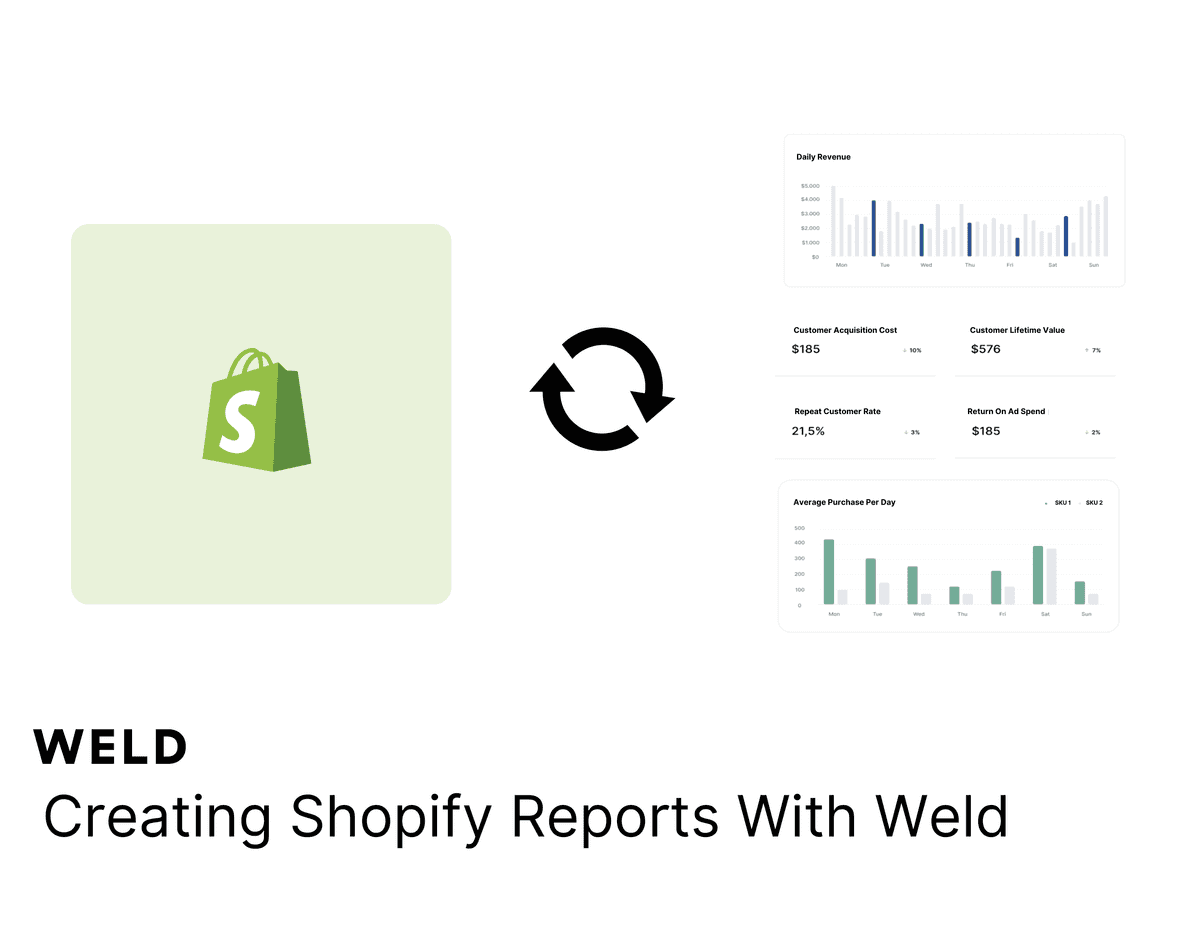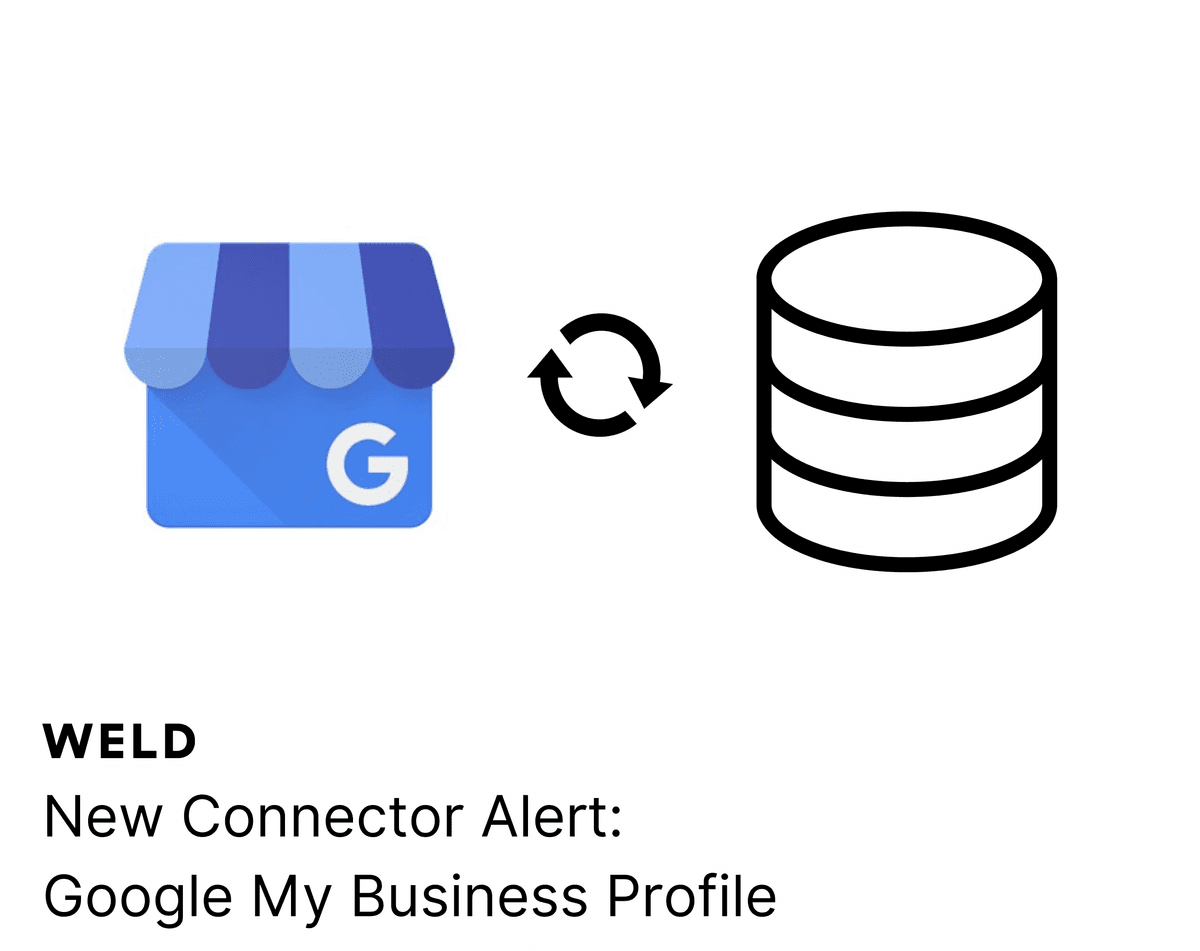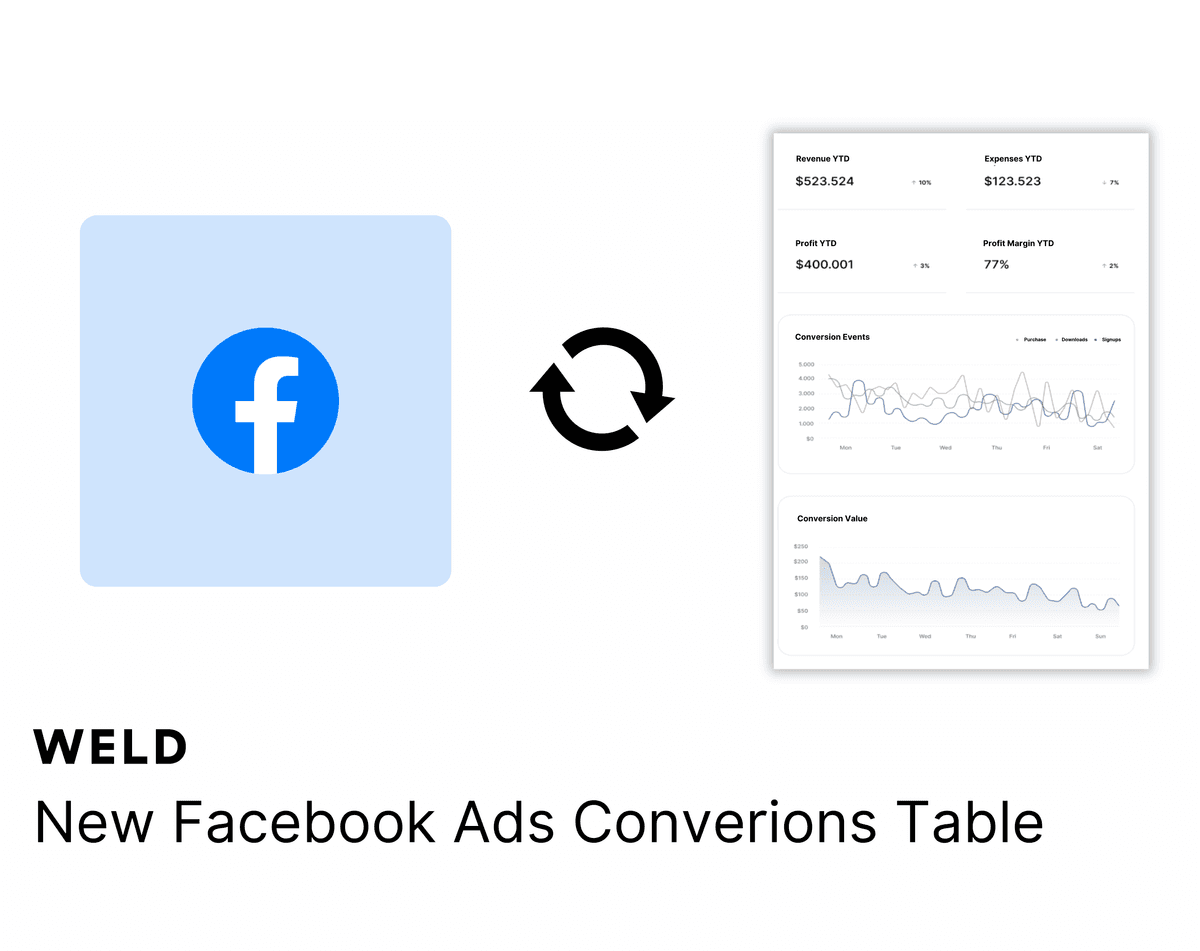
Monthly Recurring Revenue more commonly known as MRR is a business metric most widely used in subscription businesses where a portion of your revenue stream is predictable and recurring such as Software as a Service (SaaS). It's one of the most if not the most important metric in any subscription business.
Even though MRR is quite basic at its core, many companies get the calculation wrong because you need to factor in all sorts of changes, one-time fees, discounts, annual contracts, churn, and so on. This is also why you often measure different types of MRR like net new MRR, churn MRR, expansion MRR, and contraction MRR.
Because of this, your actual monthly revenue is a bad indicator of the overall financial performance of your subscription business and thus MRR helps companies understand recurring revenue growth and make it easier to forecast future revenue and evaluate the overall success of their business model.
How do you calculate MRR?
It's simple to calculate MRR as it's the number of active subscriptions multiplied by the average revenue per user (ARPU)
MRR = Active subscriptions x ARPU
How do you calculate ARPU?
Calculating ARPU is defined as your total active subscriptions for a given period divided by the number of paying users.
ARPU = Total revenue / total number of subscriptions
Some subscriptions include several free seats while in others you pay for each user. Simply apply your business model here.
MRR Example
For instance, if you have 5 active subscriptions on a €1,000 monthly plan your MRR is:
MRR = 5 x €1,000 = €5,000
ARR Example
ARR is your monthly revenue annualized. To convert MRR to ARR you simply multiply it by 12:
ARR = €5,000 x 12 = €60,000
This opposite applies if a subscription is paid annually you will divide it by 12 to get the MRR.
Components of MRR
The MRR calculation can be complex due to its many components. It is essential to have a high-level understanding but also a thorough understanding of each metric, both from a business and technical perspective. Each component holds independent value and is also an integral part of the whole.
New MRR:
New MRR is revenue generated from new customers as the word implies.
As an example, if you have 10 new customers signing up for a €100 / month subscription in a single month you have:
New MRR = 10 x €100 = €1,000
Contraction MRR
Contraction MRR (also called downgrades or downsells) is the amount you have lost due to customer downgrading or changing their plans and/or removing seats, getting discounts or credits, or pausing their subscription.
For example, if 10 customers downgraded from the Business plan (€1,000 / month) to the Pro Plan (€500 / month) you have:
Contraction MRR = (€1,000 - €500) x 10 = €5,000
Churn MRR
Churn MRR is due to customers canceling their subscriptions.
As an example, if 5 customers have canceled their subscriptions in a given month on a €100 / month subscription your churn MRR will be:
Churn MRR = 5 x €100 = €500
Expansion MRR
Expansion MRR (also called upgrades or upsells) is the additional revenue from existing customers in a given month. This can be generated through upgrades, cross-selling, and additional add-ons or other product offerings.
For instance, if 5 customers have been upsold from a Pro Plan (€500 / month) to a Business Plan (€1,000 / month) including a €50 add-on you have:
Expansion MRR = (€1,000 - €500 + €50) x 5 = €2,750
Reactivation MRR
Reactivation MRR is the amount of MRR from customers who have previously churned, canceled, or paused their subscriptions.
If a customer at some point in the past has paused a €100 / month subscription and is reactivating that subscription this month you have €100 of Reactivation MRR.
Net New MRR
Net New MRR will show you how much your MRR has grown or shrunk in the current period by using the formula below:
Net New MRR = New MRR + Reactivation MRR + Expansion MRR - Contraction MRR - Churn MRR
Net New MRR is essential for gauging your MRR growth rate, as it allows you to anticipate where your business will be in 3, 6, and 12 months. Moreover, it's utilized to measure your Net Revenue Retention , as it provides you with an overview of how MRR is altering over time. Subsequently, you can then contrast your Net New MRR to your net burn to obtain your burn multiple, which will demonstrate how effectively you are acquiring new MRR to the business, depending on whether or not you are profitable.
Note that definitions can vary from company to company but the most important thing is that all relevant changes to MRR are included in the calculation and are avoiding some of the common pitfalls which we will describe in the next section.
Common pitfalls
1. Not differentiating between Booked MRR and Billed MRR
Before a customer starts paying their subscription the revenue is only considered booked. It's a good metric to forecast additional revenue coming in, especially in Sales but make sure you have a clear distinction between what's booked and what's actually paid.
2. Including trials
Often SaaS companies will include some sort of trial before deciding whether you will use the product and pay for the subscription. It's a mistake to include trials when calculating MRR.
3. Including one-offs
One-off revenues like implementation fees and professional services should not be included as its not recurring revenue.
4. Excluding discounts
It is important to clearly understand and calculate the discount separately from your MRR. For example, if you offer a 50% discount on a €1,000 / month plan, the MRR contribution would be €500, and the discount would be €500. Make sure to include any base discounts for a monthly plan, as well as discounts available for paying an annual subscription all at once.
5. Not taking annual, semi-annual, or quarterly subscriptions into account
Let's look at an example where a customer pays an annual contract upfront to get a discount. Say you give a 20% discount on a €1,000 / month subscription. That would mean €1,000 x 12 x 80% = ARR €9,600 (€2,400 discount). This MRR calculation is then as follows: €9,600 / 12 = €800 MRR.
Break down and visualization
Now that you have every component sorted you can visualize your MRR in a chart like this where we combine everything:

By tracking the different components of MRR on a monthly basis in a chart like this, you can quickly assess the success of your new Sales efforts and Customer Success team. If you are successful at selling to new customers but not at keeping existing customers happy, then you may see an increase in churn, contraction, and downsell MRR.
You can also present your data in a table depending on your own preference:

Conclusion
MRR is an essential metric for any subscription business. It provides you with insight into the current performance and future revenue potential of your business by measuring the Month-on-Month (MoM) MRR growth rate. Understanding MRR can help you make more informed decisions about where to allocate resources and where to reduce costs. In addition, you can segment your MRR into different customer cohorts, periods, segments, geographies, teams, or regions to better understand what is yielding the best results and what isn't.
At Weld, we have made the perfect tool for calculating and visualizing MRR correctly. It allows you to connect to Stripe, Hubspot, Salesforce or any other open API to extract data and start modeling.
Continue reading

How to set up your Shopify metrics in Weld
Learn how to set up your Shopify metrics in Weld and get actionable insights from your data.

New Connector Alert - Google My Business Profile
Looking to optimize your Google My Business Profile reporting? With our new ETL connector, you can effortlessly integrate your Google My Business Profile data with all your other data sources. Create a comprehensive view of your business metrics, enhance your analytics, and make more informed decisions with ease!

New Facebook Ads Conversion Table
Analysing your Facebook Ads conversion data has now got easier with our new conversion insights table.





